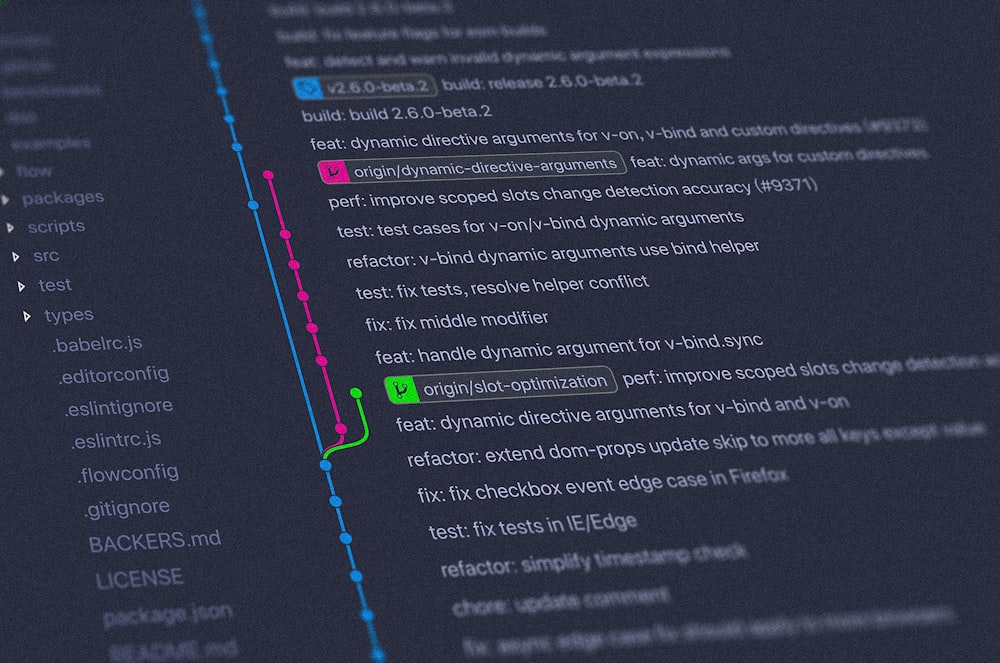Lots of smart and concerned people have already begun addressing the need for digital training in liberal arts programs across the country. As I researched how individuals and universities are addressing the digital in the liberal arts, I found very similar, central arguments prefacing any expressed needs for digital competencies.
"Learning to write, learning to think, and—these days—learning to form computational structures and to think digitally are requisites not only for employment but also for intellectual independence."
- Parents and students value career preparation above almost everything else when selecting a college.
- Most liberal arts colleges have professionalizing programs which are necessary for connecting liberal arts students to the real world.
- Despite professionalizing programs, liberal arts students are still directed first to graduate programs rather than a professional workplace.
- Employers care about digital presence just as much if not more than academic achievement.
"Learning to write, learning to think, and—these days—learning to form computational structures and to think digitally are requisites not only for employment but also for intellectual independence."
The smart and concerned people I'm talking about have recognized that career preparation and professionalization in today's world require digital competence; therefore, they are sensibly designing programs and initiatives that incorporate digital competencies in liberal arts training.
I'm not talking about programs that teach students how to create powerpoints or how to use Google Scholar for research (though both are valuable skills). I am talking about programs that revolutionize current academic traditions by translating them into the digital space.
Carleton Guide to Medieval Rome. The project aims to address a lack in touristic knowledge of Rome's medieval period by distilling insights from scholarly literature on Medieval Rome "into a public guide for the benefit of the traveler and visitor to the city."
2) Capital University in Columbus, Ohio has dedicated resources to funding an interdisciplinary program for their first year students in transition from high school or outside the academic world. One of the offered courses is Domain of One's Own which teaches "students [to] take an active role in evaluating their online practices and considering online identities that they hold as well as those that they would like to develop." Visit here for more information on Capital's digital courses and a few other colleges.
 3) Some of Mount Holyoke College's English students pioneered "digital close reading" as a teaching model. Using the principles of coding, they assigned their students a poem to study via coding language. As the project abstract states: "The painstaking process of selecting bits of text and wrapping them with tags reframed reading as slow, iterative, and filled with formal choices."
3) Some of Mount Holyoke College's English students pioneered "digital close reading" as a teaching model. Using the principles of coding, they assigned their students a poem to study via coding language. As the project abstract states: "The painstaking process of selecting bits of text and wrapping them with tags reframed reading as slow, iterative, and filled with formal choices."
4) The Digital Integrative Liberal Arts Center at Georgia Tech used the digital humanities to address climate change. Recognizing the limitations of empirical observations by climate change scientists, the project Climate Change Visualization in the Arctic and Beyond connects climate change issues and statistics to everyday life through visuals. With colorful charts and graphics, the project gives a human side to the story of climate change with the hope of "encouraging students to think about climate change in their day-to-day behavior via an interactive visualization."
What this all boils down to is experiential learning, or project-based learning. Campuses all over are helping their students prepare for a project-based workplace by implementing project-based learning.
I have given you examples of academic projects at other universities. These are the kinds of projects a future employer will be interested in because of their skills translatability! Look for a later post on digital projects that I and the other blog writers have personally worked on.
One last quote from that awesome article I linked near the beginning of the post:
"We should not teach students just the skills that will prepare them to follow instructions or quickly comprehend a user interface; instead we should aim to help students develop the expertise that will allow them to combine and create technologies to develop new and dynamic solutions. Just as traditional literacy and the liberal arts have been the key to independence since the advent of public schooling, digital literacy today is about intellectual freedom."
I'm not talking about programs that teach students how to create powerpoints or how to use Google Scholar for research (though both are valuable skills). I am talking about programs that revolutionize current academic traditions by translating them into the digital space.
Here are some example projects from colleges across the country:
1) Carleton College in Minnesota created theCarleton Guide to Medieval Rome. The project aims to address a lack in touristic knowledge of Rome's medieval period by distilling insights from scholarly literature on Medieval Rome "into a public guide for the benefit of the traveler and visitor to the city."
2) Capital University in Columbus, Ohio has dedicated resources to funding an interdisciplinary program for their first year students in transition from high school or outside the academic world. One of the offered courses is Domain of One's Own which teaches "students [to] take an active role in evaluating their online practices and considering online identities that they hold as well as those that they would like to develop." Visit here for more information on Capital's digital courses and a few other colleges.
 3) Some of Mount Holyoke College's English students pioneered "digital close reading" as a teaching model. Using the principles of coding, they assigned their students a poem to study via coding language. As the project abstract states: "The painstaking process of selecting bits of text and wrapping them with tags reframed reading as slow, iterative, and filled with formal choices."
3) Some of Mount Holyoke College's English students pioneered "digital close reading" as a teaching model. Using the principles of coding, they assigned their students a poem to study via coding language. As the project abstract states: "The painstaking process of selecting bits of text and wrapping them with tags reframed reading as slow, iterative, and filled with formal choices."4) The Digital Integrative Liberal Arts Center at Georgia Tech used the digital humanities to address climate change. Recognizing the limitations of empirical observations by climate change scientists, the project Climate Change Visualization in the Arctic and Beyond connects climate change issues and statistics to everyday life through visuals. With colorful charts and graphics, the project gives a human side to the story of climate change with the hope of "encouraging students to think about climate change in their day-to-day behavior via an interactive visualization."
What this all boils down to is experiential learning, or project-based learning. Campuses all over are helping their students prepare for a project-based workplace by implementing project-based learning.
I have given you examples of academic projects at other universities. These are the kinds of projects a future employer will be interested in because of their skills translatability! Look for a later post on digital projects that I and the other blog writers have personally worked on.
One last quote from that awesome article I linked near the beginning of the post:
"We should not teach students just the skills that will prepare them to follow instructions or quickly comprehend a user interface; instead we should aim to help students develop the expertise that will allow them to combine and create technologies to develop new and dynamic solutions. Just as traditional literacy and the liberal arts have been the key to independence since the advent of public schooling, digital literacy today is about intellectual freedom."



Comments
Post a Comment